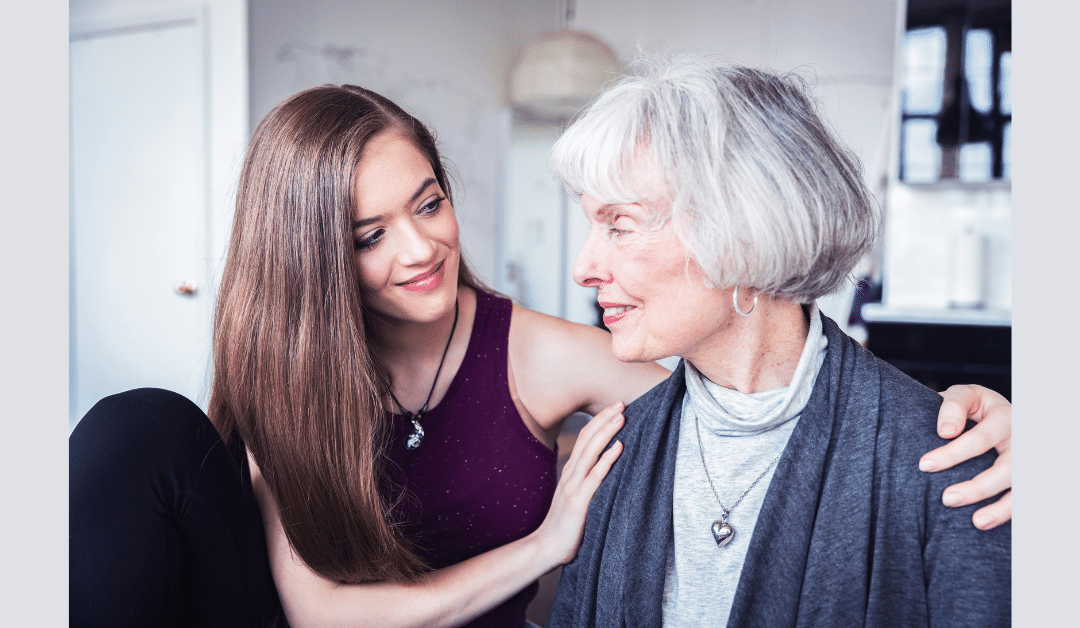
Show yourself some love this month!
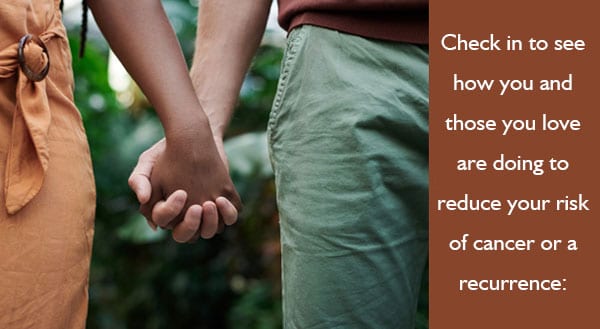
Check in to see how you and those you love are doing to reduce the risk of cancer or a recurrence. Here are some tips and resources to get you started.
Healthy Lifestyle
- Maintain your ideal weight
- Physical activity
- Walk, jog, dance, bike, swim – or whatever you like to do
- Get up and move every hour
- Diet
- Eat lots of fresh vegetable and fruits of every color, whole grains, beans
- Avoid sugar, processed meats, junk foods
- Limit/eliminate alcohol intake
- Do not smoke or use tobacco products
- Avoid risky behaviors
Healthcare
- Have regular check-ups with your primary care physician
- Maintain good overall health to avoid viruses and chronic infections that increase your cancer risk
- Get cancer screenings and cancer vaccines recommended by your doctor
Harmful Exposures
- Protect your skin from the UV rays from the sun. Use sunscreen and don’t use tanning booths
- Steer clear of secondhand smoke and other environmental carcinogens
Want to know more? Check out these sites:
National Cancer Institute Prevent Cancer American Institute Cancer Research
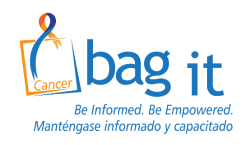
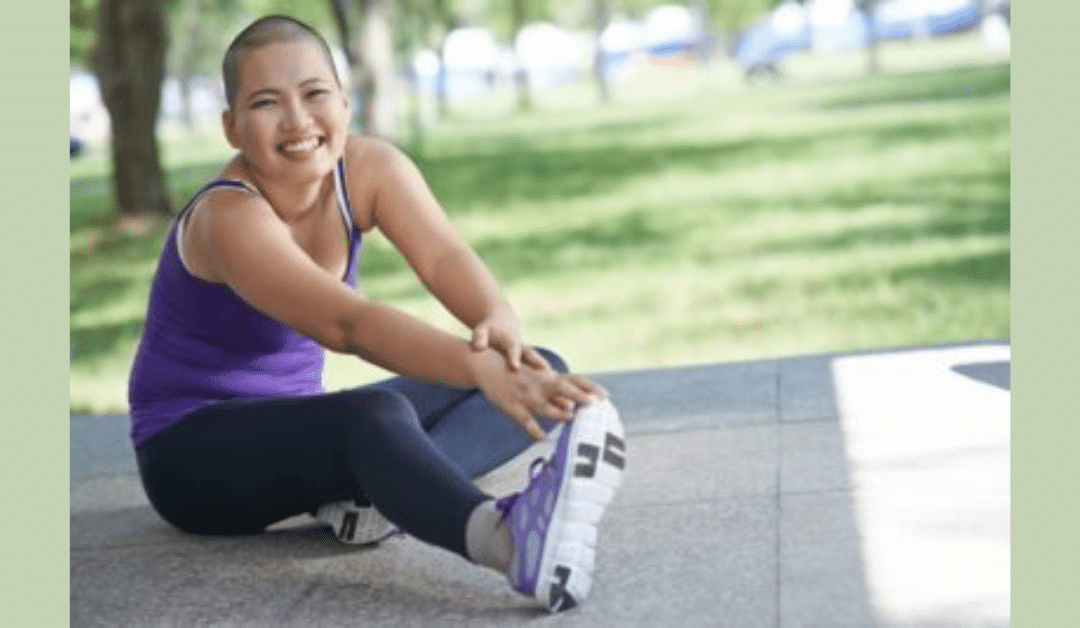
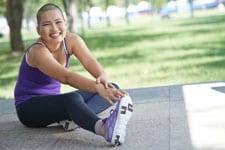 We are told over and over again about the benefits of physical activity, but many of us find lots of excuses not to do it, or not to do it consistently anyhow. Kudos to the many rockstars that embrace it and engage in some sort of activity on a consistent basis – please motivate us! Physical activity impacts many aspects of our lives and can help improve your mood, your sense of well-being and improve endurance while helping with depression and fatigue. Studies suggest that physical activity may help to prevent/reduce the risk of a secondary cancer later in life and/or lower the risks of other cancers. So, go enjoy the cooler temps of fall and get moving.
We are told over and over again about the benefits of physical activity, but many of us find lots of excuses not to do it, or not to do it consistently anyhow. Kudos to the many rockstars that embrace it and engage in some sort of activity on a consistent basis – please motivate us! Physical activity impacts many aspects of our lives and can help improve your mood, your sense of well-being and improve endurance while helping with depression and fatigue. Studies suggest that physical activity may help to prevent/reduce the risk of a secondary cancer later in life and/or lower the risks of other cancers. So, go enjoy the cooler temps of fall and get moving. 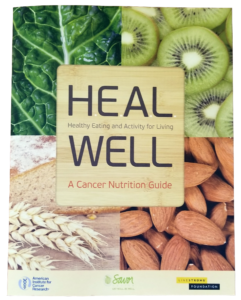
Recent Comments